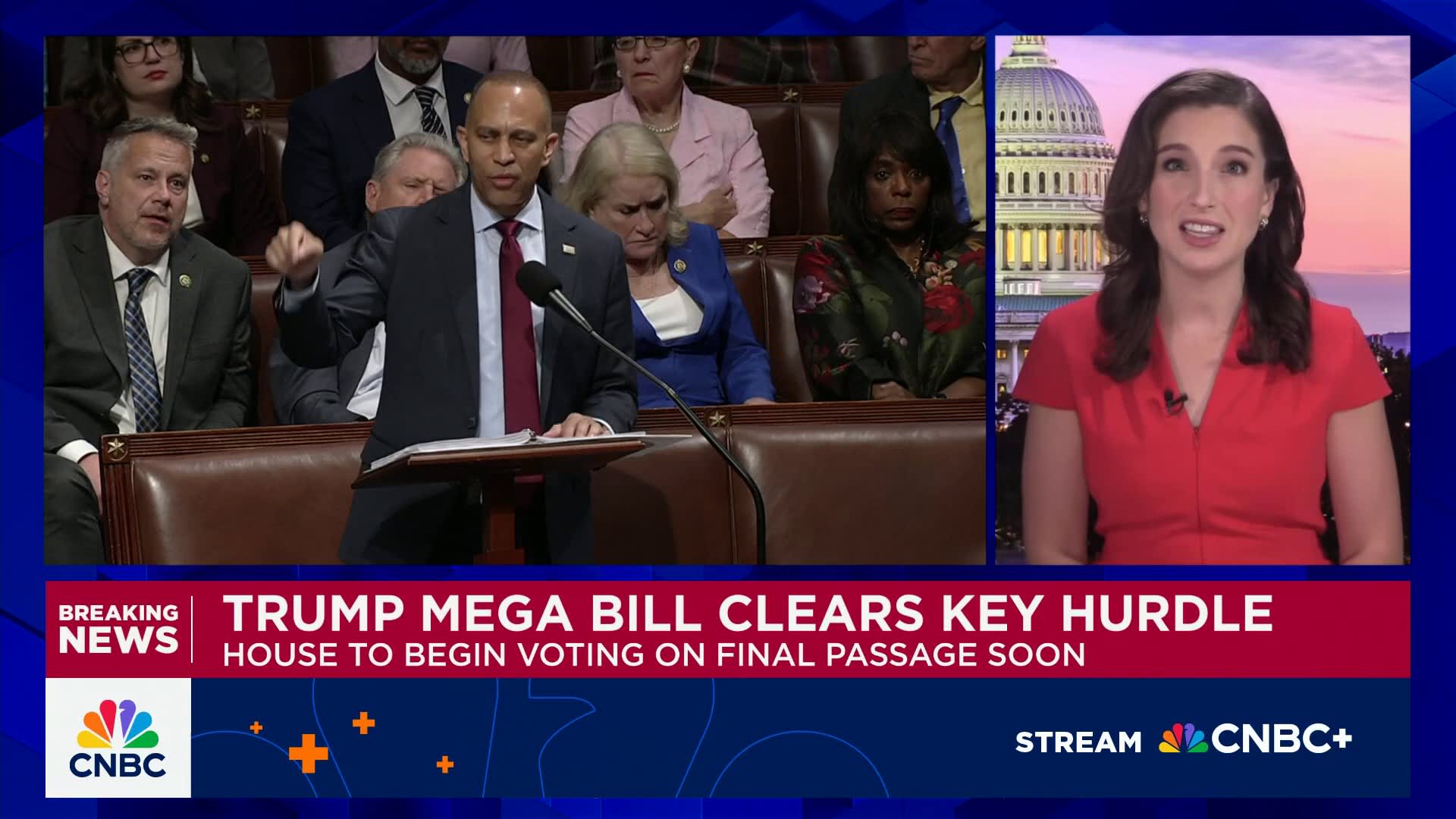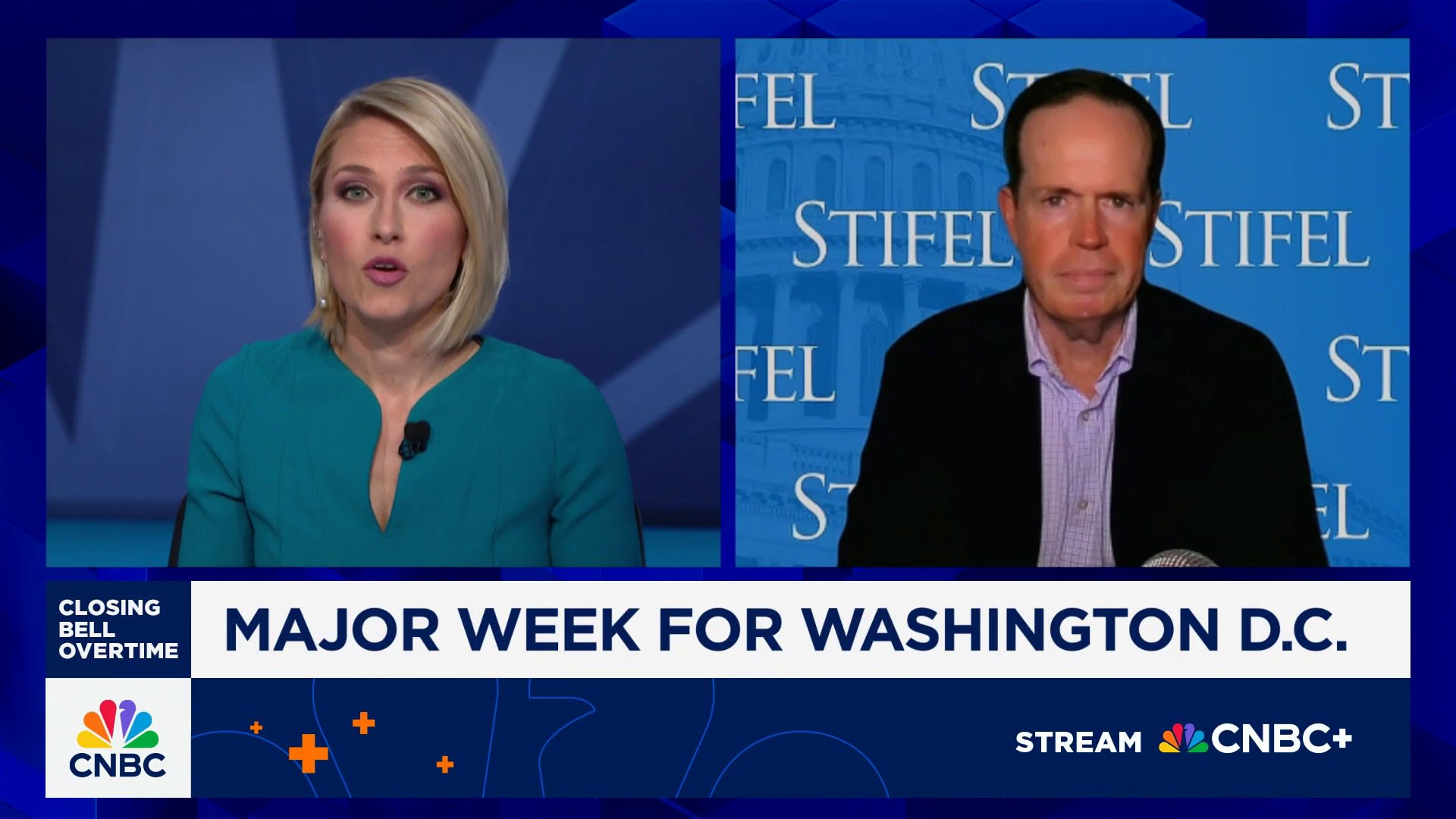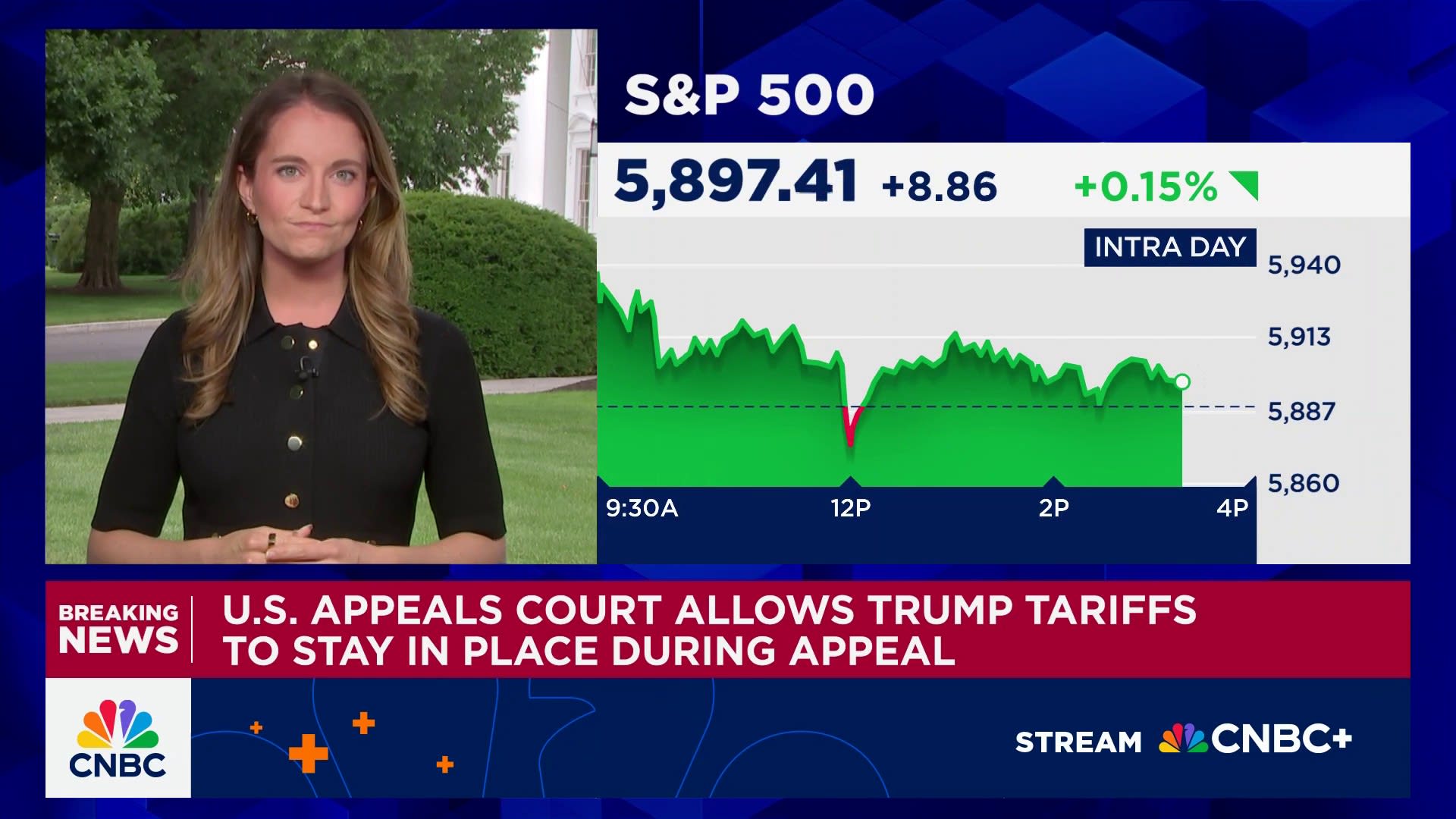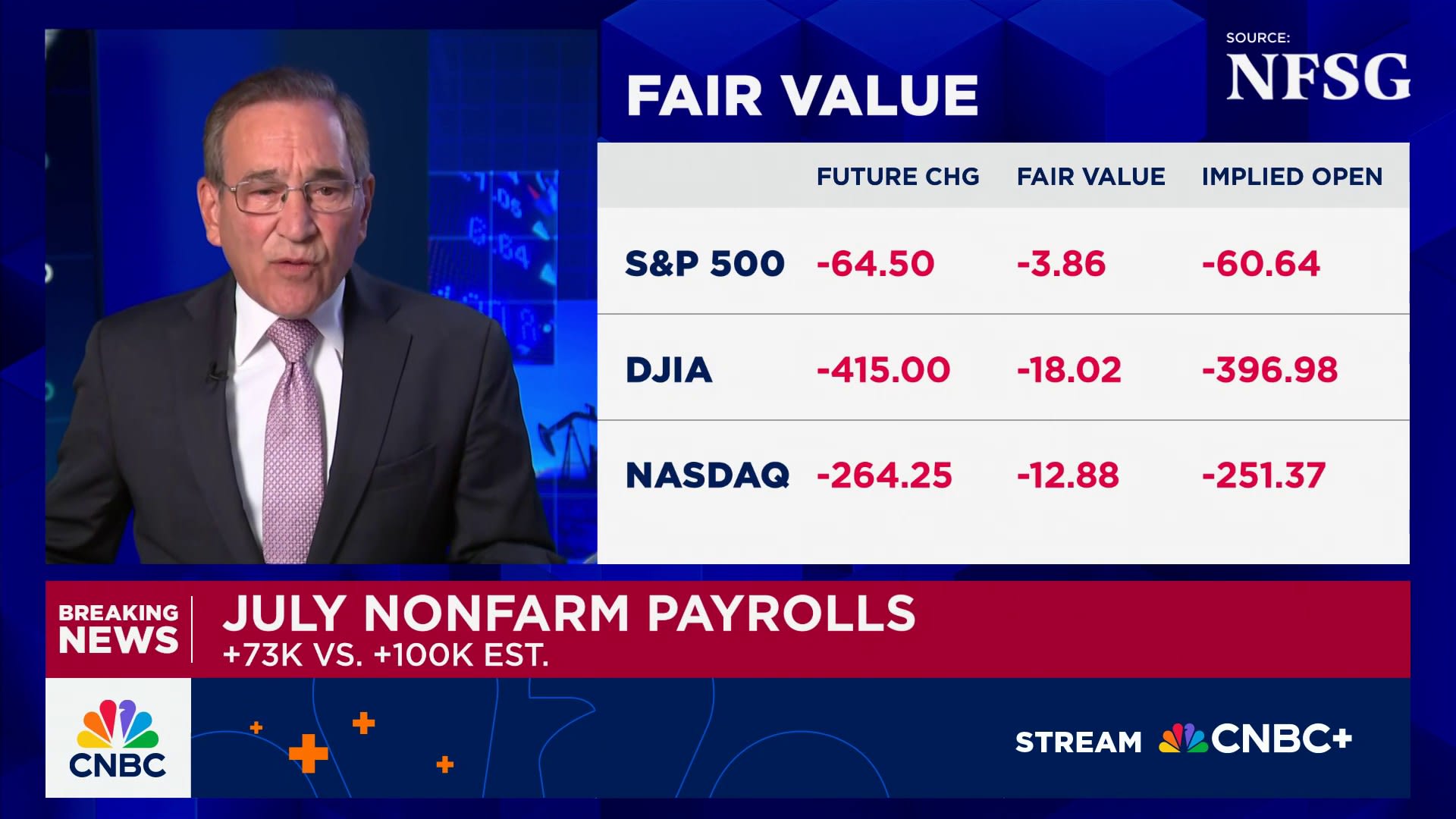Speaker of the House Mike Johnson, R-La., speaks to reporters as he walks back to his office as the House of Representatives waits to vote on President Trump’s “big beautiful bill” reconciliation package on July 3, 2025.
Bill Clark | CQ-Roll Call, Inc. | Getty Images
A massive package of tax cuts President Trump signed into law on Friday would be a windfall for the wealthiest U.S. households. But the size of that financial benefit depends largely on where high-income taxpayers live, according to a new analysis by the Institute on Taxation and Economic Policy.
The legislation would give the top 1% of U.S. households an average tax cut of about $66,000, or about 2.4% of their income, in 2026, according to ITEP, a left-leaning think tank. (These households have incomes of $917,000 or more per year, averaging about $2.7 million, it said.)
Some households stand to get a much bigger tax benefit.
The wealthiest households in three states — Wyoming, South Dakota and Texas — would see their annual tax bills fall by more than $100,000, ITEP found.
In Wyoming, the top 1% would see their taxes fall most: by an average of about $133,000 (or 3% of income) in 2026, it said. The average income of the top 1% in the state is about $4.5 million.

“The bill is most advantageous to conservative-leaning states that have a lot of very wealthy people living within their borders,” said Carl Davis, ITEP’s research director.
These states also don’t levy personal income taxes, he said.
Wyoming and Texas “are classic examples of states with a lot of wealthy people and which tax those wealthy people incredibly lightly,” Davis said.
Why the wealthy get a large tax cut
Senate Republicans passed the legislation, originally called the One Big Beautiful Bill Act, on Tuesday with the slimmest of margins. House Republicans passed the bill on Thursday, and sent it to the president for his signature.
The legislation offers more than $4 trillion of net tax cuts over a decade, with most benefits accruing to higher-income households, analyses have found. It also slashes the social safety net, cutting billions of dollars from programs like Medicaid and food stamps meant to help lower earners.
More from Personal Finance:
Top five tax changes for the wealthy in Trump megabill
Trump tax deductions may not carry large benefits for low earners
Trump megabill axes $7,500 EV tax credit after September
The centerpiece of the bill is an extension of 2017 tax cuts enacted during President Trump’s first term in office.
Overall, the legislation lowers income tax rates, exempts a larger share of wealthy estates from taxation and offers tax breaks to business owners. These are among the core ways the GOP bill benefits high-income households, Davis said.
It also caps the amount of state and local income taxes and property taxes that households can deduct from their taxable income each year, at $40,000.

That “SALT” policy doesn’t negatively impact wealthy residents in states like Wyoming, South Dakota and Texas, where residents don’t owe state income tax, Davis said. But it has a large impact on states with high state and local income taxes and property taxes.
In other words, high-income residents of Wyoming, South Dakota and Texas generally get most of the tax upside and not much downside, he said.
Conversely, the highest earners in California and New Jersey would see a smaller tax cut in 2026, averaging about $34,000 and $21,000, respectively, ITEP found. That represents about 1% of their income in each state.
Separate analyses have found that the wealthiest households will reap the largest financial benefits from the GOP bill.
The top 20% of U.S. households (earning more than $217,000 a year) would get a tax cut equivalent to 3.4% of their after-tax income in 2026, according to the Tax Policy Center. Meanwhile, the bottom 20% would get a 0.8% tax cut.
Its analysis only examined the tax portions of the legislation.
Overall, more comprehensive analyses that also account for cuts to programs like Medicaid and the Supplemental Nutrition Assistance Program, the lowest earners would be worse off, according to analyses by the Budget Lab at Yale University and the Congressional Budget Office, which modeled similar legislation passed by the House last month.









